27th Ulsan Amateur Golf Tournament (제27회 울산아마골프대회)
15.1Km 2025-03-15
1 Ungchon-ro, Ungchon-myeon, Ulju-gun, Ulsan
+82-52-220-0613
The Ulsan Amateur Golf Tournament, hosted by Kyungsang Ilbo and organized by the Ulsan Golf Association, is a key event for local amateur golfers. Divided into general and senior player categories, participants compete in an 18-hole stroke game, with various awards at stake. The tournament promotes golf culture, sportsmanship, and community bonding.
Supaeseo (숲애서)
15.4Km 2024-12-10
Anti-aging and Healing Service Experience Center, 248 Tapgol-gil, Yangsan-si, Gyeongsangnam-do
Supaeseo, which opened in July 2021, is the first publicly operated healing experience center. The center helps visitors enjoy a slow and healthy life filled with love, while being surrounded by the clean forests of Daeunsan Mountain, Yangsan. Visitors can experience therapy programs, therapy meals, and recreational accommodations all in one place. The center is dedicated to improving visitors' quality of life through rest, forest therapy, and health therapy programs in the clean nature of Daeunsan Mountain.
Gang-dong Sea Water Spa (강동해수온천)
15.4Km 2024-02-20
1418 Donghaean-ro, Buk-gu, Ulsan
Gang-dong Sea Water Spa is a hotspring that utilizes seawater from the sea in front of Jeongja, boiling it at temperatures exceeding 100°C, resulting in high salinity and excellent sterilizing effects. The facility offers a range of baths, including Iodine Bath, Cold Seawater Bath, Hot Seawater Bath, and Trench Hot Bath. Renowned for the exceptional quality of its seawater, the hotspring attracts numerous visitors seeking its therapeutic benefits. The breathtaking view of the sea from the baths adds to the overall experience.
Naewonam Hermitage (Ulsan) (내원암 (울산))
15.6Km 2025-03-28
382, Daeunsangdae-gil, Onyang-eup, Ulju-gun, Ulsan
+82-52-238-5088
* Please be advised that this is located in one of the areas affected by the recent wildfire (as of March 27, 2025).
** For real-time wildfire information and emergency upates, visit the Korea Forestfire Information website and the National Disaster and Safety Portal.
Naewonam Hermitage is located on Daeunsan Mountain in Ulsan. Daewonsa, the once head temple of this hermitage, was located at the entrance to the complex, but only the remains exist today. The valley around the hermitage is famous for its clean and clear waters. The 500-year-old nettle tree within the hermitage grounds catches the eye for resembling an elephant. An annual music concert performed by Buddhist monks from Ulsan City takes place at Naewonam Hermitage.
Badabaragi (바다바라기)
15.8Km 2019-05-24
111, Jeongja 1-gil, Buk-gu, Ulsan
+82-52-282-8866
Badabaragi is a restaurant with an ocean view in the Buk-gu district of Ulsan, specializing in snow crabs and fresh raw fish. Featuring elegant exterior and interior designs, the restaurant also offers some light meal options in addition to sliced raw fish and snow crab dishes. Only the freshest fish caught and delivered each day are served. The restaurant also operates a snow crab market, thereby offers snow crab dishes at affordable prices. A variety of side dishes made with fresh seafood accompany the main dishes. Abalone or conch porridge is available for young children who cannot eat raw fish or snow crab. A popular menu item is jjambbong mulhoe (mixed sliced raw fish with water and spicy sauce).
National Center for Forest Therapy, Daeunsan (국립대운산치유의숲)
16.2Km 2025-03-28
225-92 Daeunsangdae-gil, Onyang-eup, Ulju-gun, Ulsan
052-237-8600
* Please be advised that this is located in one of the areas affected by the recent wildfire (as of March 27, 2025).
** For real-time wildfire information and emergency upates, visit the Korea Forestfire Information website and the National Disaster and Safety Portal.
The National Center for Forest Therapy, Daeunsan is a forest-themed well-being facility designed to boost one's immunity and promote health by leveraging various elements of the forest, including landscapes and scents. Created in the beautiful Daeunsan Forest Valley, this forest therapy center features the Grass Scent Trail, Wind Therapy Trail, and Premium Forest Trail, where various forest therapy activities are offered.
Gangdong Pebble Beach (강동몽돌해변)
16.3Km 2021-07-14
1650, Donghaean-ro, Buk-gu, Ulsan
+82-52-241-7751
For those hoping for a view of the winter sea, or those longing for the engulfing embrace of the clear dark-blue waves crashing into huge rocks, Gangdong Pebble Beach is the place to be. The coastal road, with its beautiful scenery of the sea and mountains, is a popular driving route. With diverse attractions nearby, many vacationers are attracted to this beach in winter.
Petroglyphs of Bangudae Terrace (울주 대곡리 반구대 암각화)
16.3Km 2025-03-28
285, Bangudaean-gil, Ulju-gun, Ulsan
+82-52-204-0322
* Please be advised that this is located in one of the areas affected by the recent wildfire (as of March 27, 2025).
** For real-time wildfire information and emergency upates, visit the Korea Forestfire Information website and the National Disaster and Safety Portal.
In Daegok-ri, Eonyang-eup sits Bangudae Terrace, a picturesque spot where a ridge of Yeongosan Mountain extends to and stands tall to form quite a spectacle featuring uniquely shaped rocks and cliffs. The name, Bangudae, comes from how it resembles a turtle lying prone on the ground. Petroglyphs are paintings drawn by people from the prehistoric times carved on rocks and depicting various scenes and events in their daily lives. Petroglyphs were often drawn on enormous rocks and other sacred locations of groups, and it is believed that people gathered around them to hold various rituals.
Petroglyphs of Bangudae Terrace in Daegok-ri, Ulju-gun are estimated to have been drawn over several periods since the New Stone Age so you can discover the differences in styles among various ages. Primary objects that were popularly carved include sea animals, land animals, humans and tools and, as our prehistoric ancestors actively engaged in hunting, the hope of abundance in game is believed to be the reason why these objects were frequently carved on rocks. Vividly expressing animals and hunting scenes and colorfully depicting outstanding traits of objects, these petroglyphs are a form of both hunting art and religious art, and they are considered as the greatest masterpieces from which we can take a peek at the life and customs of the prehistoric ages.
Jusangjeolli Cliff of Gangdong Hwaam Village (강동 화암 주상절리)
16.6Km 2020-04-23
Hwaam-gil, Buk-gu, Ulsan
+82-52-229-6350
Jusangjeolli are columnar rock formations with cross sections in hexagonal or triangular shapes. The jusangjeolli at the shore of Hwaam Maeul Village were created by basalt lava that erupted in the Tertiary period of the Cenozoic Era about 20 million years ago. The columnar basalt formations were created as the lava cooled and shrank into cracks. The rocks look like wood stacked horizontally or vertically en masse. The length of the columns average around 20 meters and diagonally are about 50 centimeters at the longest cross-section. Of the columnar lava formations on the East Coast, the Jusangjeolli in Hwaam are the oldest, so it is academically invaluable. Shaped in various angles, the rocks also offer a great landscape for sightseeing.
Petroglyphs of Cheonjeon-ri, Ulju (울주 천전리 각석)
17.1Km 2020-02-05
Cheonjeon-ri, Dudong-myeon, Ulju-gun, Ulsan
+82-52-277-0101
Petroglyphs refer to the paintings in which objects and symbols are carved, pecked, and colored on rocks, huge cliffs and cave walls.
Some of these rocky paintings are from as early as the late Paleolithic Era, but mostly they are seen from the New Stone Age, Neolithic Era and Bronze Age in which times these paintings were abundant.
The upper part of the rock shows various animals including deer pecked into the rock, and the lower part of the rock has writing and drawings of humans, and animals made by penciling.
As for the upper part, it is thought to have been made throughout the New Stone Age and Bronze Age to express their consciousness for abundance. In comparision, the painting of a cavalcade, a sailing boat, a dragon, a horse, and a deer and about 300 writings on the lower part of the rock were considered to be done by people during unified Silla, showing their belief of the area as a holy ground.
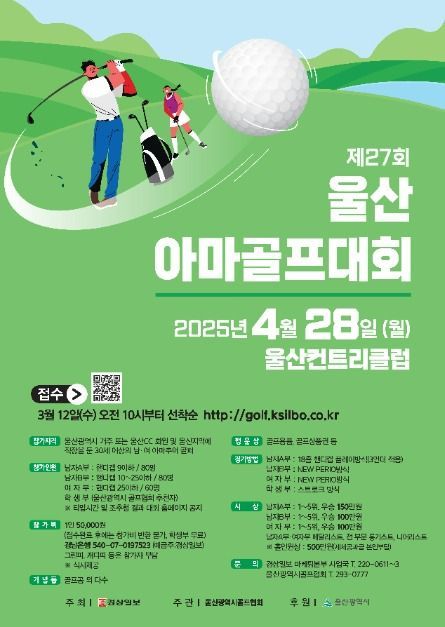
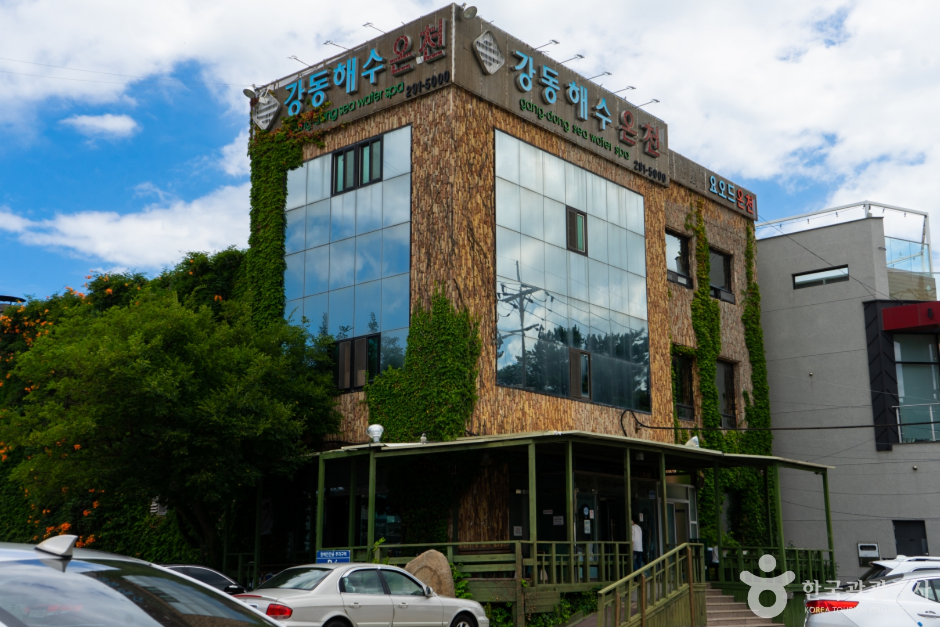
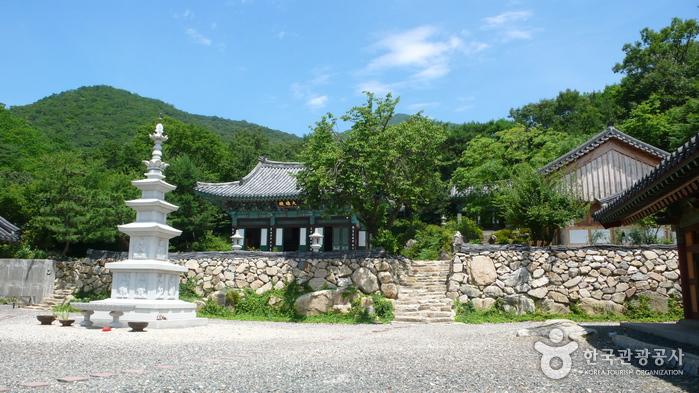

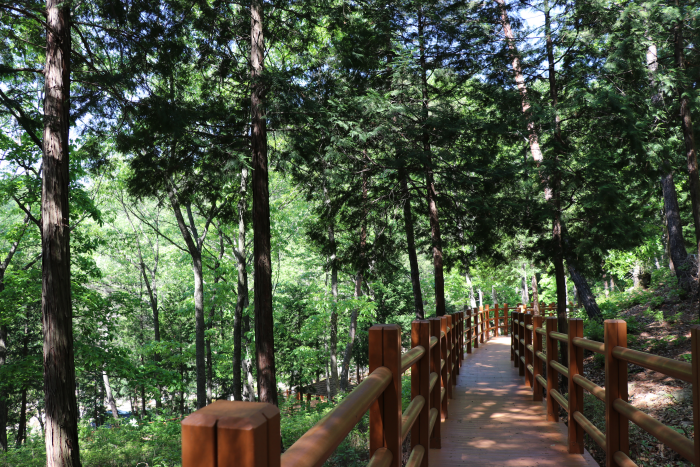
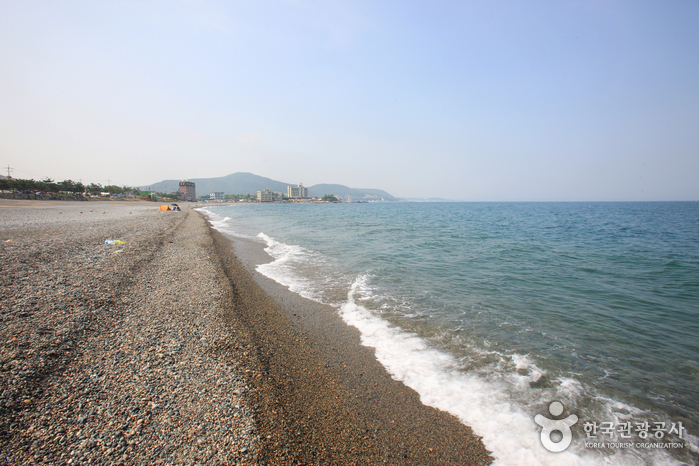
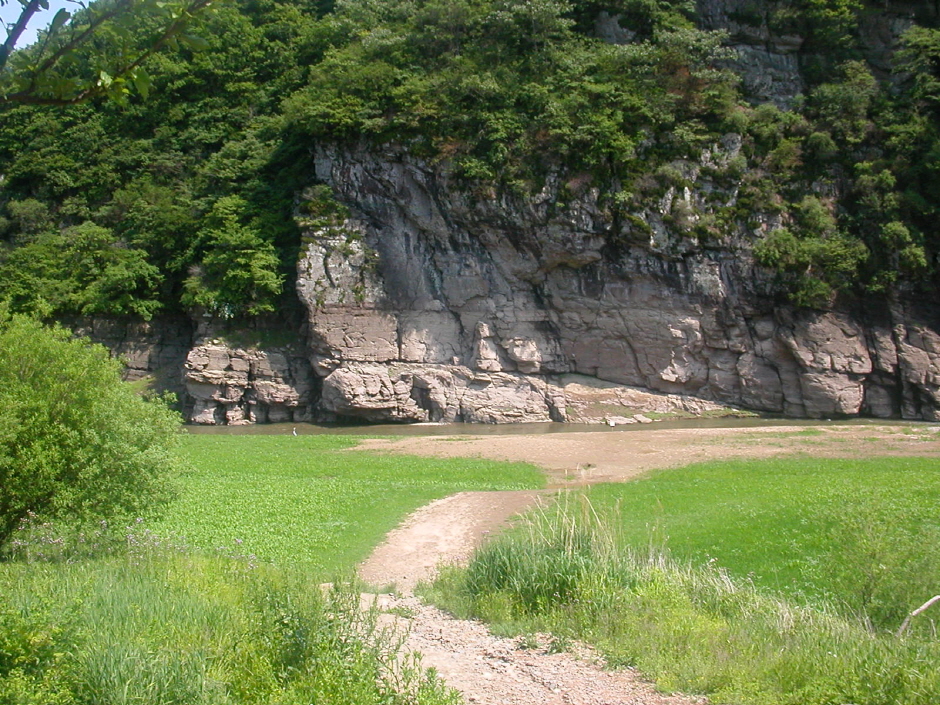
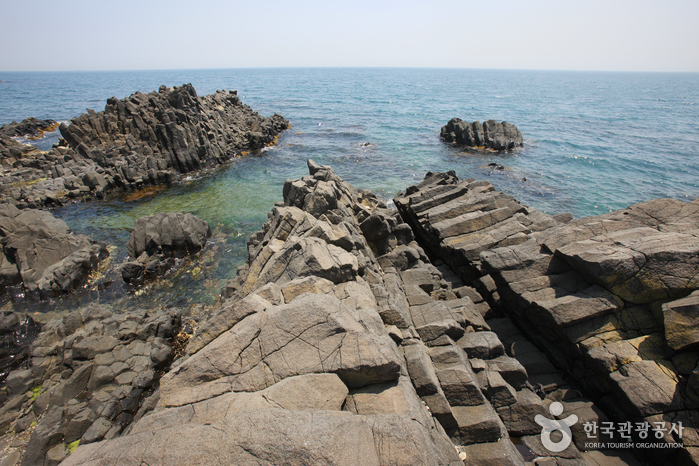
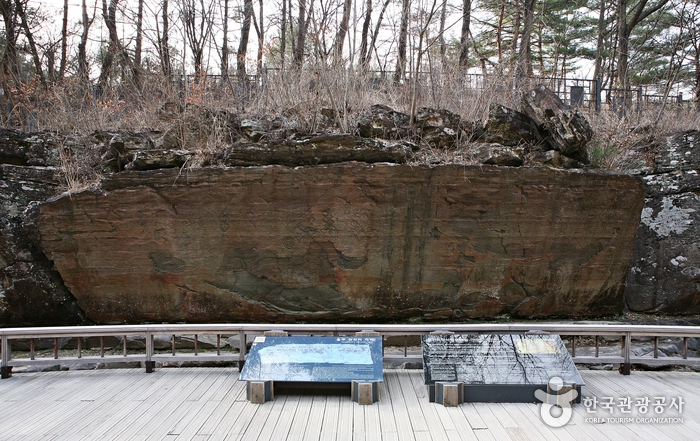
 English
English
 한국어
한국어 日本語
日本語 中文(简体)
中文(简体) Deutsch
Deutsch Français
Français Español
Español Русский
Русский